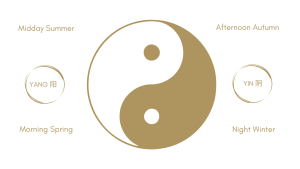Bazi Sizhu
Bazi (八字), que significa “oito carateres” e é também conhecido como Sizhu (四柱), “quatro pilares”, é um sistema da tradição divinatória chinesa que analisa as condições cósmicas do nascimento de uma pessoa (ou entidade). 
Essa análise tem como base o princípio yin/yang e o conceito dos cinco “elementos” chineses (ou cinco fases, wuxing 五行).
Os oito carateres ou quatro pilares definem o momento do nascimento com base no antigo calendário solar chinês.
O Bazi analisa o tipo de equilíbrio ou desequilíbrio existente entre os cinco “elementos”, desse modo avaliando o estado do cosmos nesse momento preciso.
Esta análise permite prognosticar, em termos probabilísticos – ainda de acordo com a tradição chinesa – o que virá a ser a vida da pessoa em causa, seja em termos das predisposições comportamentais seja, mesmo, quanto às cicunstâncias que ela tende a encontrar nas diferentes fases da sua vida.
A interpretação da carta Bazi do nascimento é feita segundo determinados critérios e regras, a que fazemos referência em diferentes entradas deste GLOSSÁRIO.
Saiba também o que é uma carta Bazi, e quais são os elementos que a compõem.

